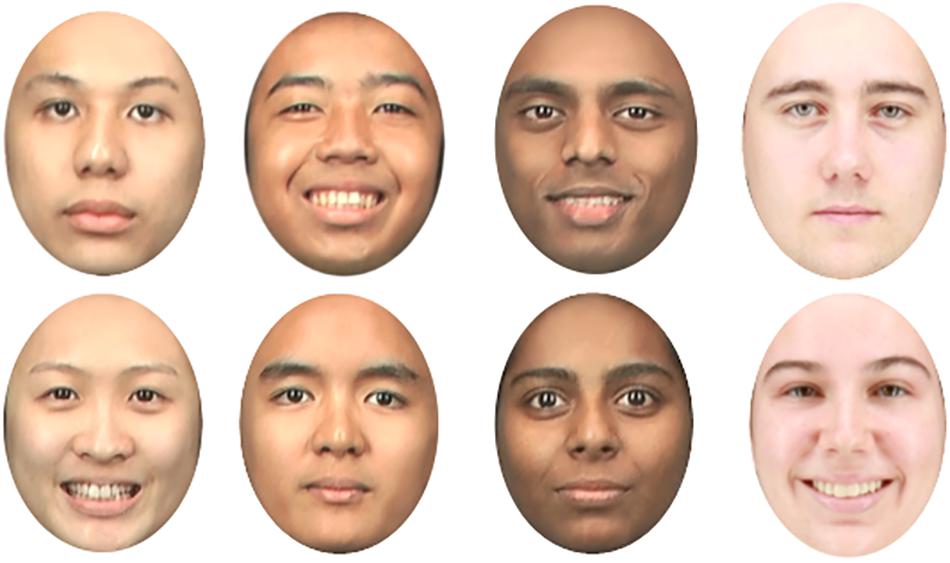
In State v. Butler, the WA Supreme Court upheld a defendant’s conviction for assault and held there was insufficient evidence supporting a jury instruction for false cross-racial identification.
FACTUAL BACKGROUND
Mr. Butler, a Black man, was convicted of assaulting two security officers in separate incidents at two Seattle light rail stations. Both assaults were caught on camera and the assailant appeared to be the same person in both. One of the victims, who appears to be white, identified Butler as his assailant at trial. The victim had not made an out-of-court identification. The victim did not identify Butler until the CrR 3.5 hearing and then at trial.
Naturally, the primary issue at trial was the identity of the assailant. The State sought to prove Butler was the person in the videos. The State argued that Butler was of the same build and race as the assailant. He also wore the same clothes and carried the same items—including the same shoes, skateboard, and backpack.
Butler asked the trial court to instruct the jury according to the pattern jury instruction on eyewitness identifications. It includes optional bracketed language that the jury may consider the witness’s familiarity or lack of familiarity with people of the perceived race or ethnicity of the perpetrator of the act. The trial court agreed to give the pattern jury instruction, but declined to include that optional language. Mr. Butler was found guilty at trial.
On appeal, Butler argued that the trial court denied his right to present a defense by failing to give the cross-racial identification portion of the pattern instruction. The Court of Appeals concluded that the trial court did not abuse its discretion because there was insufficient evidence supporting the instruction, and it upheld Butler’s conviction. The WA Supreme Court addressed the issue and granted review.
COURT’S ANALYSIS & CONCLUSIONS
The WA Supreme Court acknowledges racial bias is pervasive in our society. However, it declined the chance to adopt a model jury instruction on cross-racial eyewitness identifications or to require that instruction be given whenever the defendant requests it. The Court’s review was strictly limited to considering whether the optional language on cross-racial identification should have been given.
Although Butler argued for a violation of his Due Process right to present a defense, S.Ct. concludes Butler was able to attack AV’s credibility and pursue his defense on the unreliability of the identification with the instructions that were given.
There was no abuse of discretion in denying the requested language in the instruction because the court reasonably concluded there was not sufficient evidence in the record supporting such a jury instruction.
“We leave for another day broader questions about what steps courts should take to mitigate the significant risk that eyewitness identifications are unreliable in the cross-racial context.” ~WA Supreme Court.
CONCURRING OPINIONS – CHIEF JUSTICE STEVEN GONZALEZ & JUSTICE MARY YU
Chief Justice Steven Gonzalez wrote a separate concurring opinion. He reluctantly concurred only because Butler did not lay a foundation for the instruction he requested. However, Justice Gonzalez also took the opportunity to offer a deeper perspective on the negative impacts of improper identification of defendants.
“Mistaken eyewitness identifications have resulted in many innocent people being wrongfully convicted in our nation . . . The particular weaknesses of cross-racial identifications have been well known and well documented for decades.” ~WA Supreme Court Chief Justice Steven Gonzalez
Justice Gonzalez urged our Washington Pattern Jury Instructions Committee to craft an instruction that reflects what we have learned about the weaknesses of cross-racial identification.
Justice Mary Yu also wrote a concurring separate opinion. Similar to Justice Gonzalez, she recommended that Washington adopt an instruction that fully and accurately reflects the proven weaknesses of cross-racial identification.
Please contact my office if you, a friend or family member are charged with Assault or any other crime. Hiring an effective and competent defense attorney is the first and best step toward justice.








